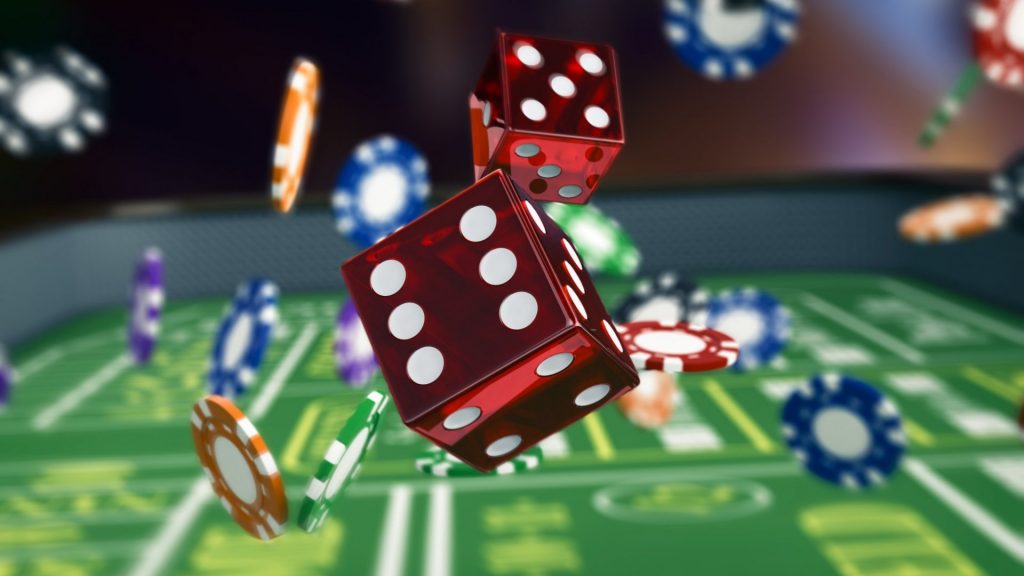When to bet with the top pair, when to check, and when to look for the “fold” button? Let’s find out.
Top Pairs with a Weak Kicker

Although the flop’s top pair is considered a pretty strong hand, a weak kicker reduces its value, which sometimes leads to difficult decisions.
- You’ll have to be more careful, because your opponent might have a top pair with a higher kicker, too.
- You don’t want to be in a situation where you go all-in on the flop and see that you only have 3 outs.
When in doubt about your kicker and fearing a rake from your opponent, it makes sense to flop instead of a continuation bet. This way, not only can you keep the pot size under control and not bloat it unnecessarily, but you can also hide the strength of your hand. After all, a check on the flop from a preflop aggressor is usually viewed as something he didn’t hit on the board or thinks his hand is weak. So your opponents will be trying to bluff you, and you’ll be able to collect bluffs and bluffs on the turn and river through check-call.
Unless, of course, the board gets really bad.
At first glance, we should be betting here, trying to collect the top pair and protect ourselves from draws. But our hand isn’t good enough to bet three barrels. By checking the top pair at regular intervals, we’re protecting our check range. The opponent will know that we check not only when we don’t hit the board, but also with strong enough hands. And they will be less likely to try to beat us out with a bluff. Which means that in the future we will be more likely to see free cards with marginal hands just by flopping the flop.
Drawing with the run

If you’re confident in the strength of your hand and are willing to go all-in with it, you should protect it with a fairly large bet of at least half the pot on the wood boards. This is especially true against passive opponents who will draw their draws to the last, or who will call your bets with middle and bottom pairs.
Betting with a top pair also makes sense on low, dry boards like 2-4-9. On such a flop, a K9 hand stands very well, but on the turn there may be too many awkward cards that will strengthen your opponent’s hand. Any card higher than a nine, except for the king of course, will immediately decrease the strength of our hand, and may give our opponent a top pair.
If your opponent has overcards on the flop, he will catch the outs he wants about 25% of the time. So you have to defend against that with a bet.
Bluffing on the river
On some boards, a top pair with a weak kicker will be more effective for bluffing than a top pair with a better kicker.
Drawing a Top Pair with a Medium Kicker
A medium-sized kicker gives you more reason to take a top pair as a bluff. Whether you do it by sloping or betting depends on board structure, position, opponent’s actions, and the size of the top pair.
Fold a Heads Up Pair.
Since getting a pair on the flop, let alone a top pair, is not easy in Hold’em, it’s usually going to be the strongest hand. But even on a seemingly safe board, there may be situations where you should consider folding. This is especially true when your opponent, who played passively before, suddenly starts to play very aggressively.
Suppose you open with a raid preflop, catch a top pair on the flop, and make a continuation bet. Your opponent calls a check-call. You bet on the turn and he calls again. Suddenly, on the river, he donks a big white or goes all-in.
In most situations, such a line would mean that your pair is already busted and you should consider folding.
Your opponent could have had the strongest hand on the flop and decided to flop it. For example, he picked up a set or two pairs, and since he was in position, he let you keep betting. On the river, he didn’t want you to check back, so he bet on his own. He could have done the same with the middle pair, catching the outs he wanted on the river.
Learning how to play top pair from Pluribus
The strongest poker bot has a lot to learn when it comes to poker theory. And in many situations, he chooses similar lines. When he has a high top pair with a good kicker on the wood board, he collects a good deal with big bets. When the kicker is bad, he plays cautiously and chooses to check more often.
In all of the following examples, the game is played 6-max with effective stacks of 100 BB at 0.5-1 BB.